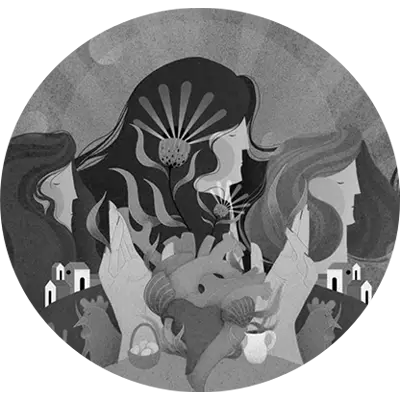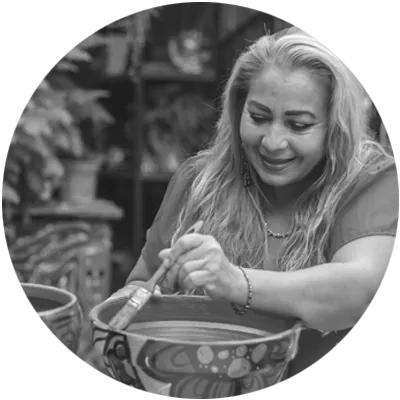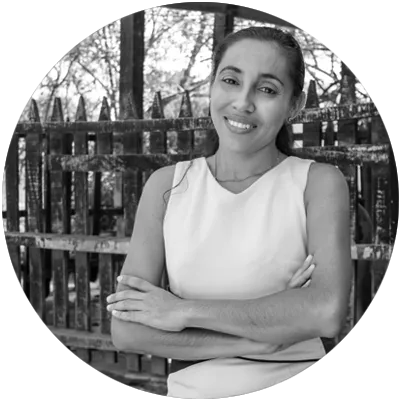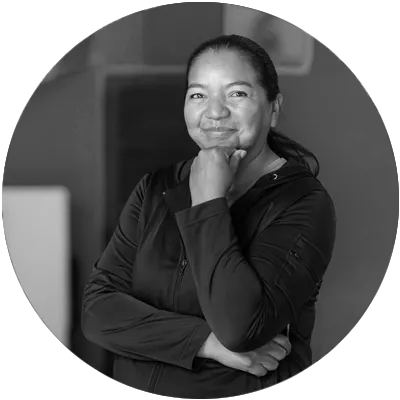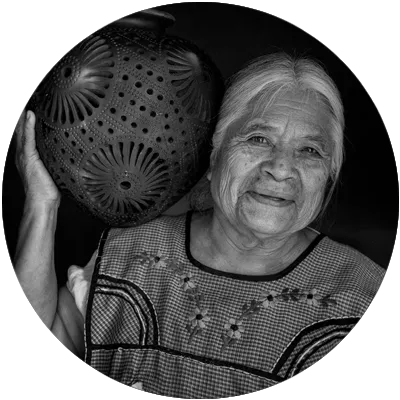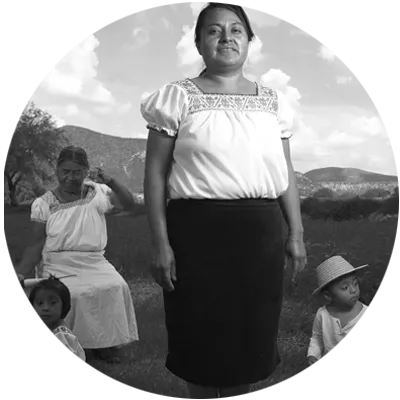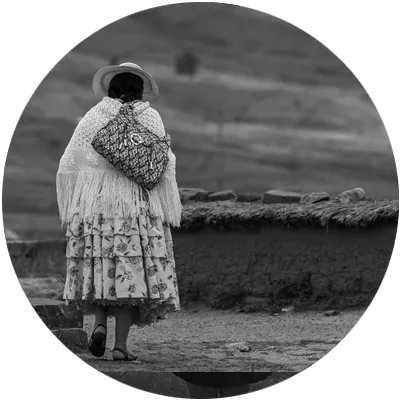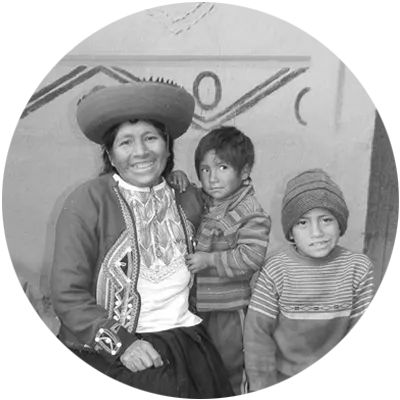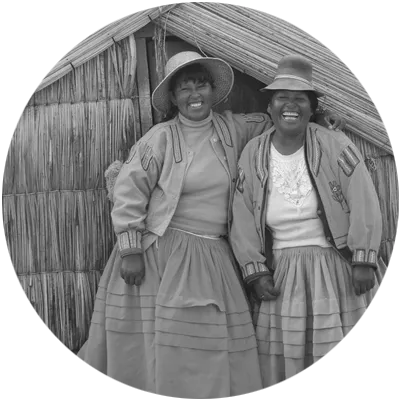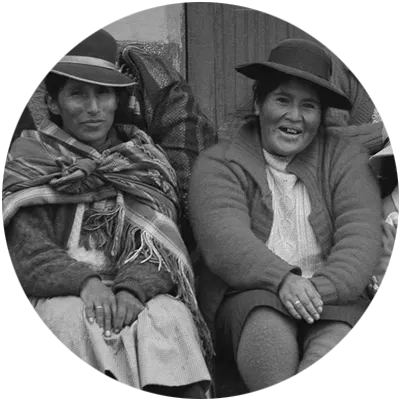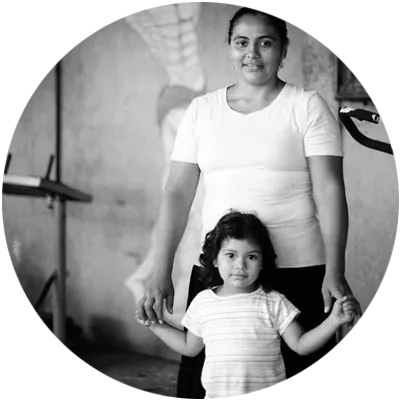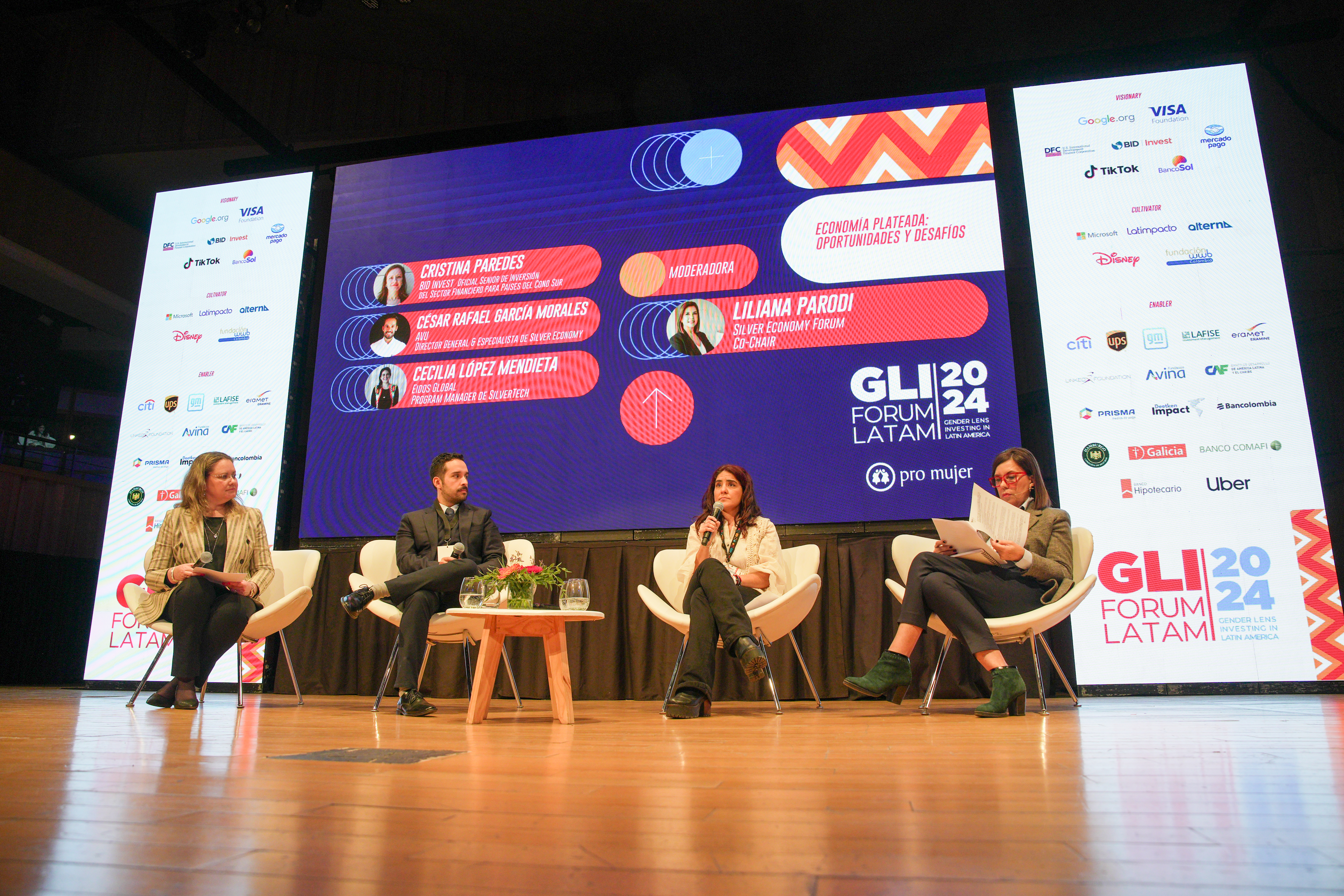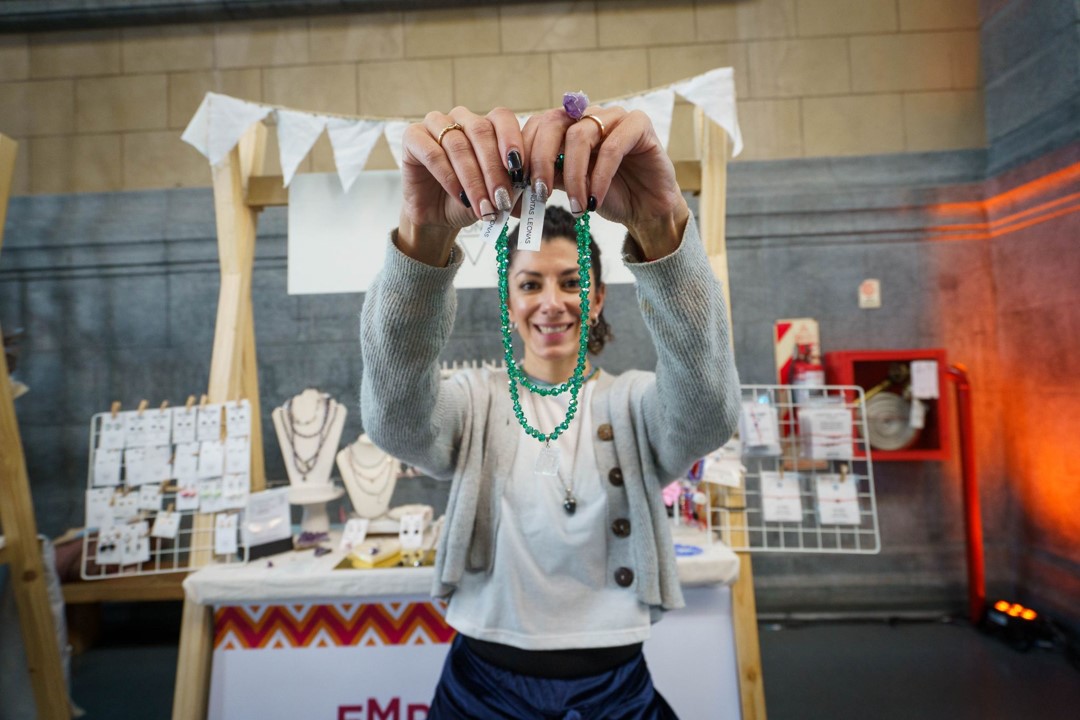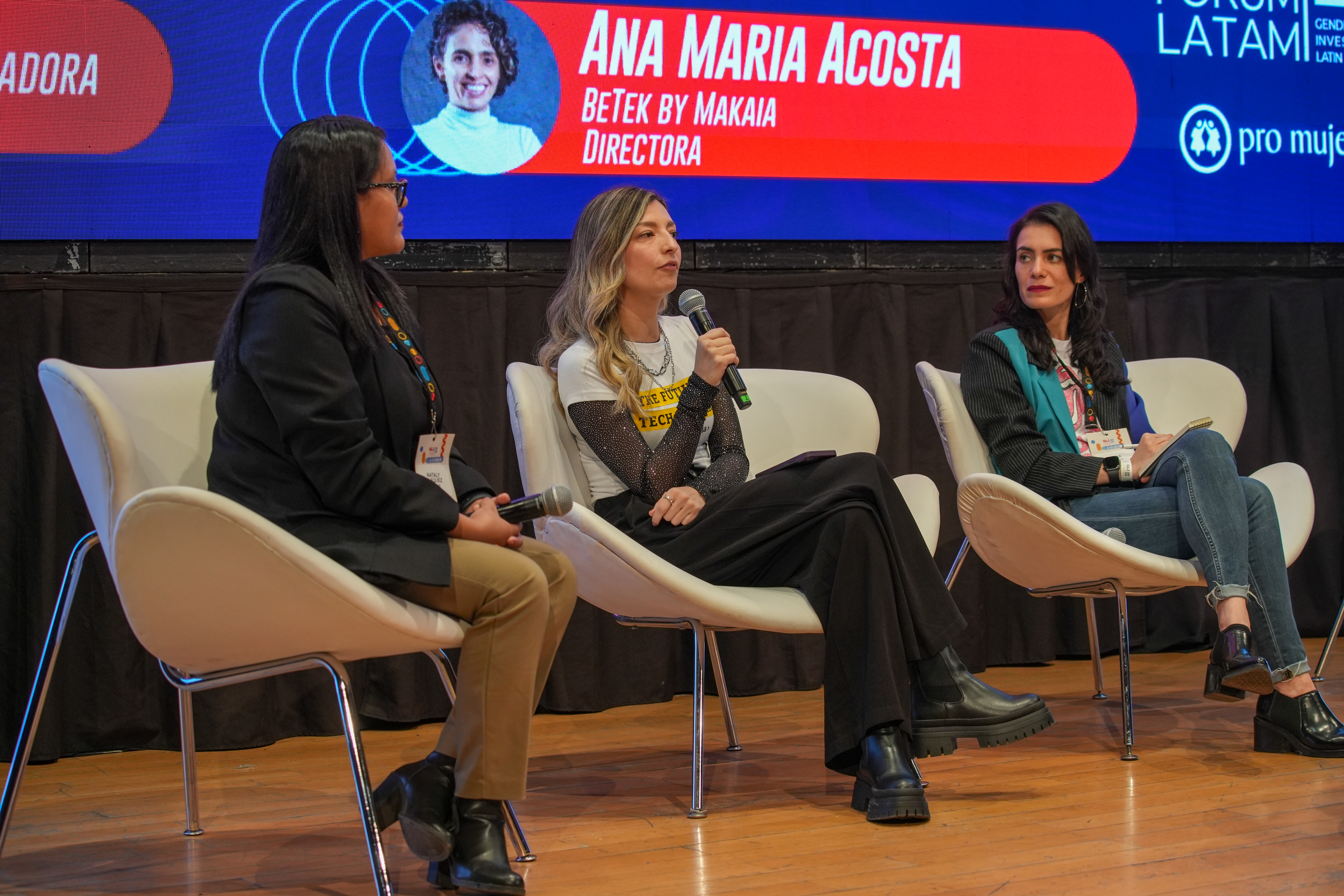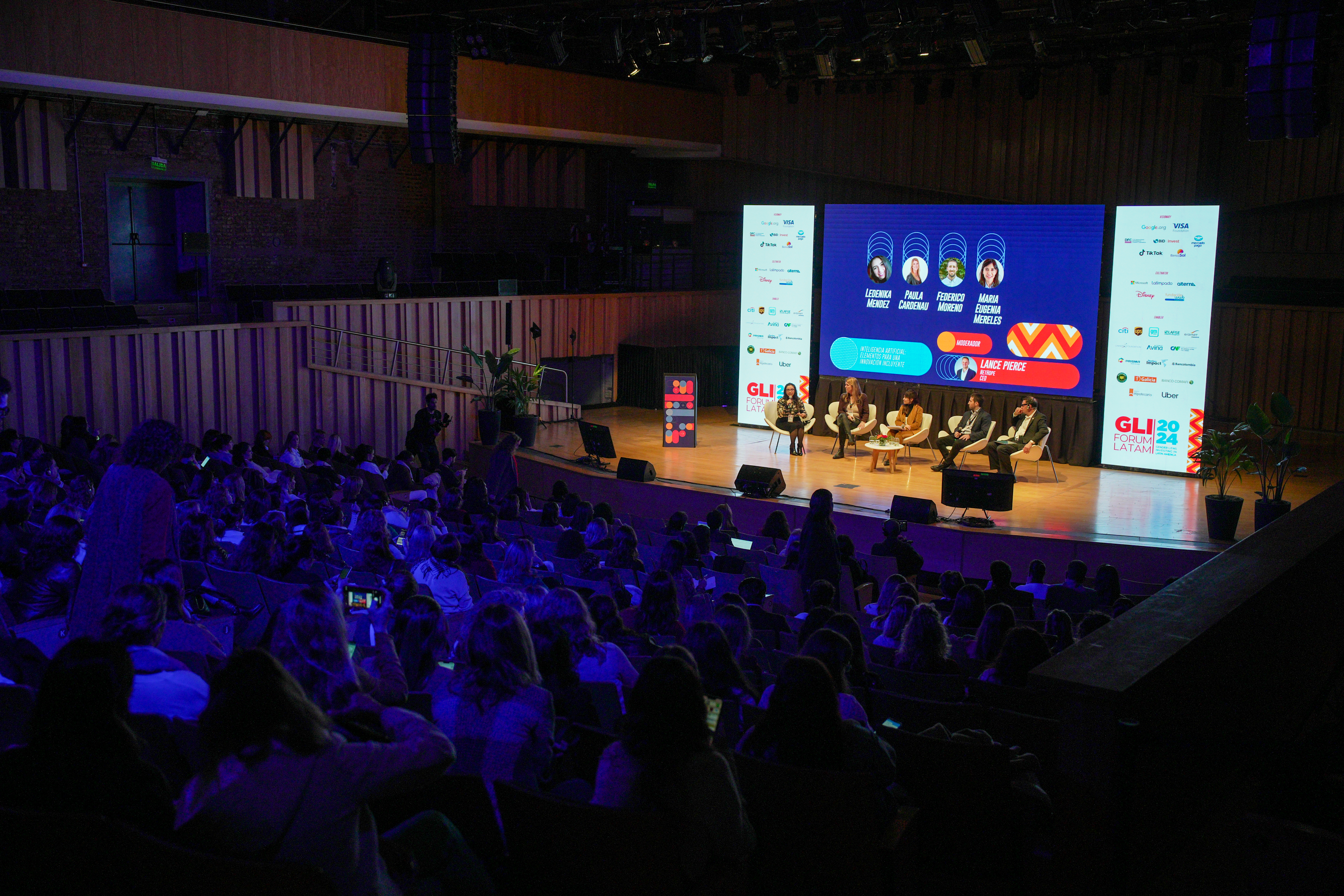Unlike other regions, Latin America and the Caribbean is considered a young region, where people over 60 years old represent around 13.8% of the total population. However, according to demographic projections, it is expected that by 2050, 25% of the population in this region will be 60 years old or older (FIAP).
The Silver Economy is that sector of the global economy linked to the demographic change brought about by an aging population, and which focuses on the needs and demands of older adults (IDB). For the Latin America and Caribbean region, the Silver Economy increasingly represents an economic opportunity in sectors such as tourism, care, and housing.
One of the talks featured during the fifth edition of GLI FORUM LATAM 2024 in Buenos Aires, Argentina, was the panel discussion “Silver Economy: Opportunities and Challenges,” in which leading voices from the sector discussed how this demographic transformation can become a driver of economic and social development. The panel was moderated by Liliana Parodi, co-chair of the Silver Economy Forum LATAM, a regional forum that promotes opportunities in the Silver Economy and the principles of age equality.
The panel also featured the participation of Cristina Paredes, senior investment officer for the financial sector for Southern Cone countries at IDB Invest; César Rafael García, general director and Silver Economy specialist at AVU; and Cecilia López Mendieta, program manager of SilverTech at Eidos Global. The conversation focused on the professional challenges and opportunities that exist concerning the elderly population from a gender and inclusion perspective.
Liliana got the conversation started with an important reflection: “I don’t feel like someone who has to get out of the game. What happens to a person’s activity after 50, 60, or 70? What happens to the economy?” When we talk about older people or the elderly, we associate longevity or aging with vulnerability, and by addressing the opportunities presented by the Silver Economy, we seek to transform this narrative.
As Cristina suggests, there is a notion that life unfolds in three stages:
“Youth equals study, maturity equals work, and old age means retirement.” Nevertheless, the Silver Economy confronts us with a paradigm shift in how we view age. “Soon we’ll have more silver people than young people,” she added during her participation.
According to IDB studies, the region of Latin America and the Caribbean is projected to show the highest rate of population aging in the world in the coming decades. Given that life expectancy is increasingly longer, we face new challenges and opportunities in different sectors, especially in the employment, labor, and finance sectors: “The Silver Economy was presented as a great engine for job creation, and that is also a paradigm shift.”
César, from AVU—an innovation hub that addresses aging issues in Latin America, highlighted that, by 2100, almost half of the planet will be over 60 years old. He also raised an important question: Where is the money going to be invested? To answer this question, César suggests that it’s necessary to approach the Silver Economy with a focus on two types of diversity: The diversity of age and that of gender.
According to ECLAC, 23.9% of women in Latin America live in poverty. Additionally, they face an even more challenging scenario when reaching old age, since, as César points out, they reach this stage with a level of poverty that is 33% higher than their male counterparts.
On the other hand, Cecilia from Eidos Global highlighted the intersection of work, technology, and the silver generation: “Many times, at the age of 45-50, we are looking to reinvent our professional careers… When we think about how the career trajectory evolves over the life cycle, it looks like an inverted U shape today.”
However, due to the biases that prevail in the productive sector regarding age, professional opportunities that embrace each stage of adult life are scarce. Cecilia added that it is necessary to distinguish between being multigenerational (incorporating silver talent into companies) and being intergenerational (promoting the idea that generations can work together, connect, and empower each other), understanding that intergenerational teams are more productive and that different generations, when connected, learn and empower each other.
Among the most important points to highlight from the session is that, for the Silver Economy to work, the financial system and its ability to innovate are needed to meet the needs of this emerging economy. Keenly aware of this, Cristina emphasized the urgency of developing new financial products and services that align with these realities. “We didn’t used to think that, at 60, someone would feel the need to start a business. But today we do… It is a very important opportunity that the financial sector is looking at”, she added.
Likewise, other experts highlighted that another challenge faced by the Silver Economy is its articulation with the hiring and talent development practices of organizations. Cecilia emphasized the leading role that companies can have through the design and implementation of policies that promote this new economy: “At SilverTech, we have many people interested in training in technology, but if there is no one on the other side to hire them, something gets lost along the way,” she pointed out. “We live in a world where the future is so uncertain that we need to strengthen our flexibility and continuous learning skills.”
The gender approach in the Silver Economy
According to Cristina, it is estimated that the Silver Economy market will reach a value between 2 and 15 billion dollars. However, the expert highlighted that, despite the numerous economic opportunities offered by the silver generation, there is a significant risk of financial exclusion due to the digital and gender gap.
Limited access to technology prevents many older people from fully participating in the digital economy, a situation exacerbated by gender differences in financial access: According to the World Bank, in this region, women are 20% less likely than men to have a bank account, highlighting the double disadvantage faced by older women in terms of financial inclusion.
However, it is women over 50 who are causing a visible impact on the Silver Economy. César highlighted that 54% of ventures in this sector belong to women in this age group. Additionally, he mentioned that 72% of people over 60 are sufficiently active both cognitively and physically, which opens doors in various industries.
The challenge is clear: The Silver Economy can be enhanced through collective construction, where all actors in society, including the elderly, businesses, financial systems, and governments, play a crucial role. This collective approach not only improves the lives of older people but also transforms society, promoting an environment where each contribution is valued and celebrated.

